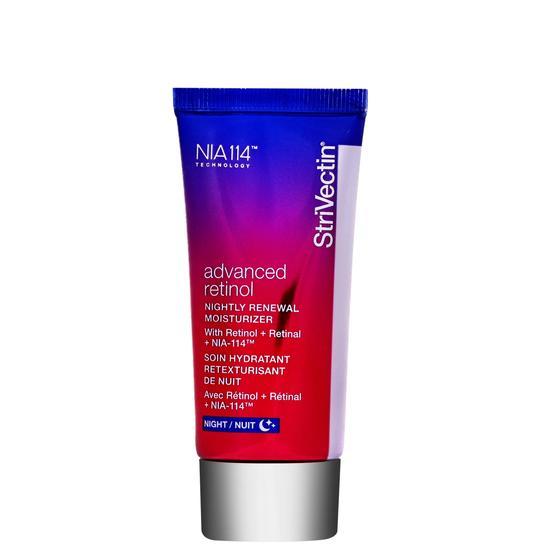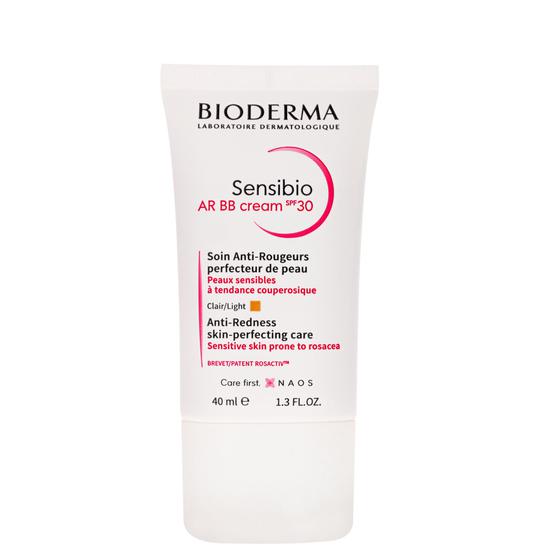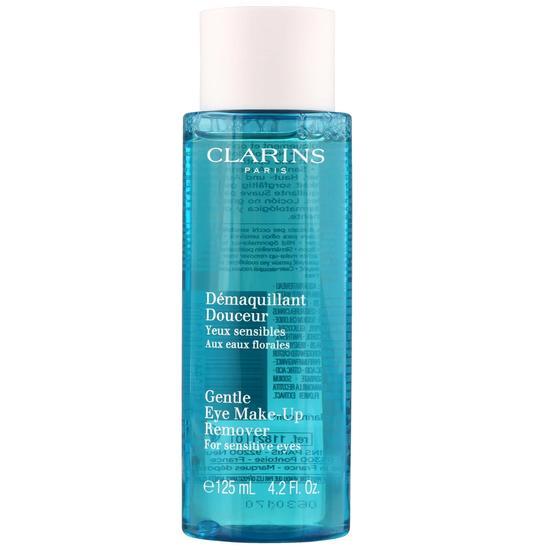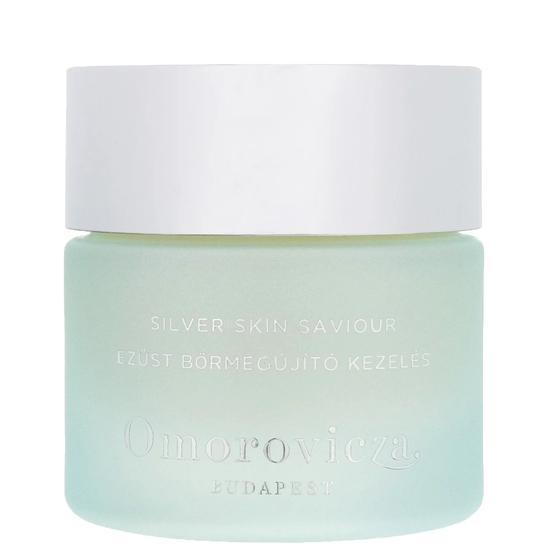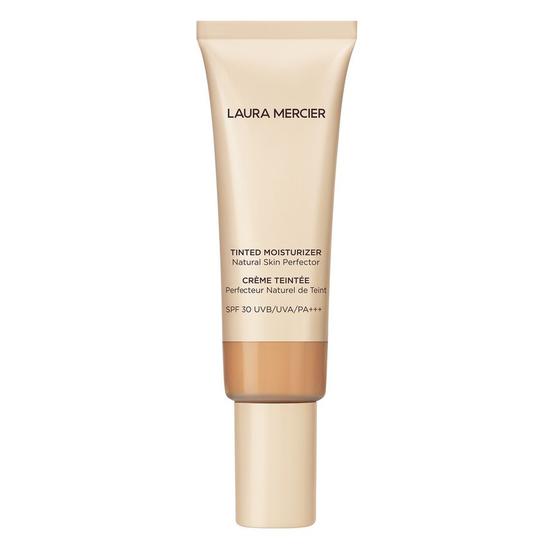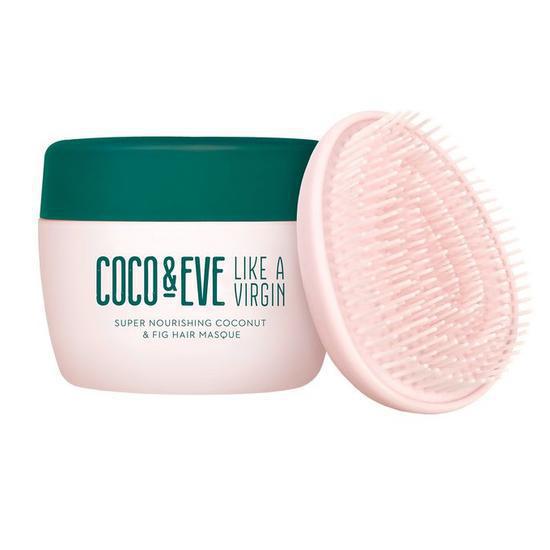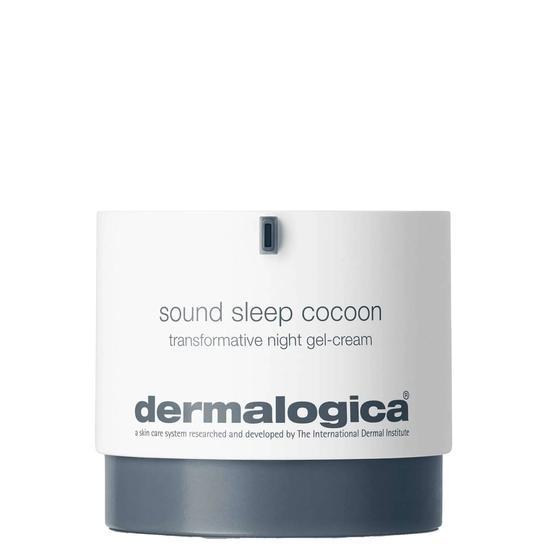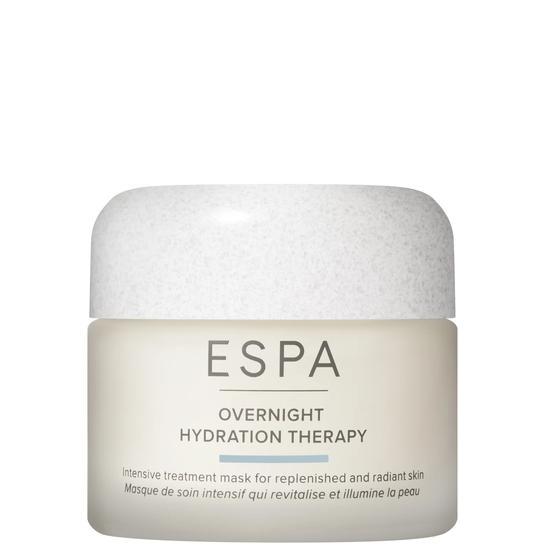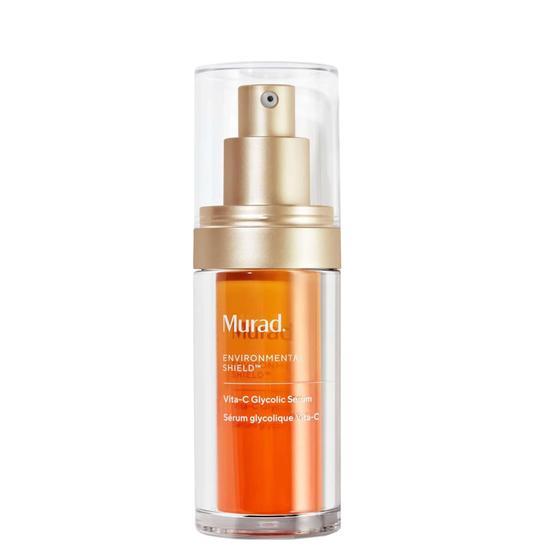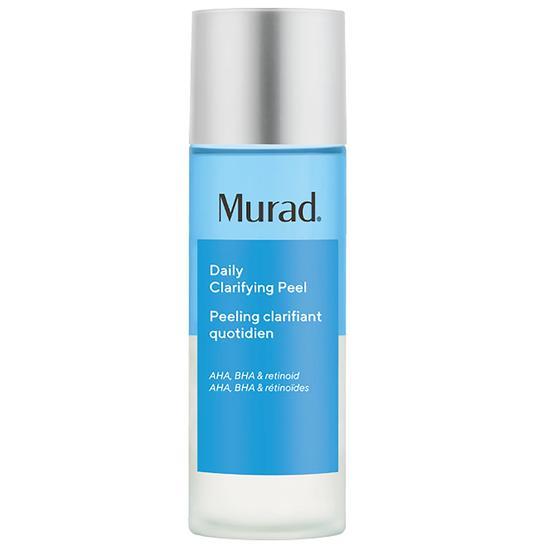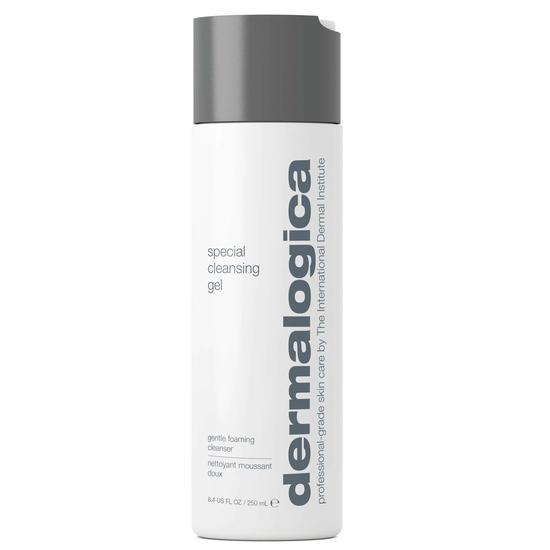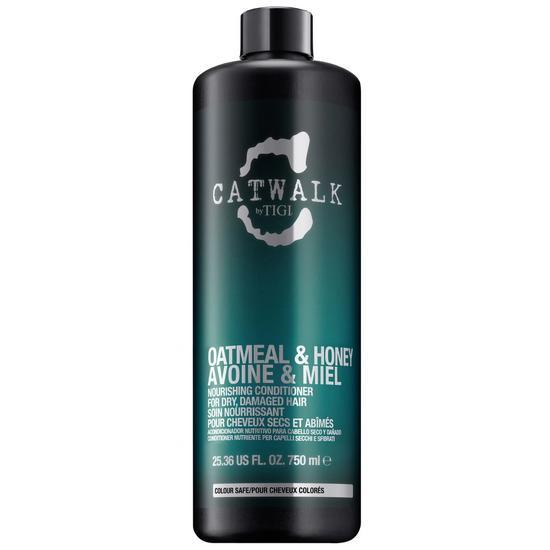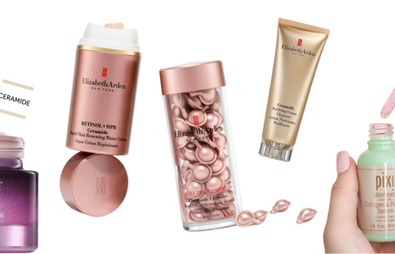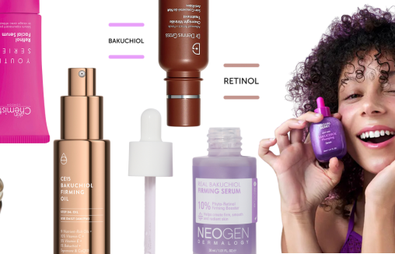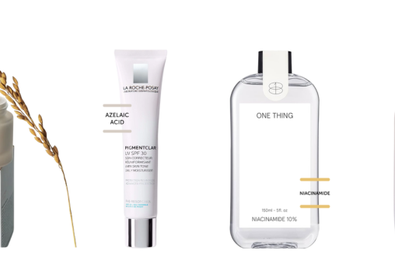
- Beauty Glossary
- AHAs
AHA Skincare Products
Treat your skin to the brightening, skin-smoothing and toning properties of AHA skincare products, which offer gentle and effective chemical exfoliation. Browse thousands of serums, moisturisers, eye creams and more in our AHA offers to replace the harsh, manual scrubs in your routine and start seeing glowing, perfected skin from head to toe.
See our ahas guide to answer your questions like where do AHAs originate and what are the skin care benefits of AHAs in beauty.
Refine By
Brand
Travel Toiletries
Fragrance
Skin Care
Makeup
Hair Care
Body Care
Wellbeing
Men's Grooming
Nails
Oral Care
Sun Care & Tanning
Sort By



Frequently Asked Questions about AHAs products
Where do AHAs originate?
Most AHAs are sourced from organic sugars. Glycolic acid is derived from sugar cane, while lactic acid is drawn from milk.
What are the skin care benefits of AHAs in beauty?
AHAs have exfoliating properties – chemical exfoliating properties, to be precise. Acting as an alternative to harsh scrubs and uneven manual exfoliators, they immediately set to work on the skin's surface, smoothing complexions and reducing imperfections.
Some variants are especially useful for more specific skin care concerns. Glycolic acid can prove a lifesaver for oily or acne-prone skin types as it removes dead skin cells that can trap bacteria.
How do AHAs in beauty work?
AHAs dissolve the bonds between individual skin cells. This makes dead cells easier remove, resulting in an even, smooth and relatively unblemished skin tone.
Who should use AHA beauty products?
They are especially recommended to people suffering from either dry skin or skin that has been sun damaged. Anyone prone to relatively minor breakouts of acne should also consider AHA products – although more serious breakouts are better served by BHAs.
What other ingredients/products do AHAs go well with?
As a common feature in exfoliators and anti-ageing products, you'll often find AHAs paired with nutrients like vitamin C or omega 3. Such formulas, uniting restorative power and chemical exfoliation, are designed to reveal a healthy-looking, radiant complexion.
How often should I be using AHA beauty products?
Exactly how often you exfoliate using AHAs is dependent on your own unique skin type and concerns. Exfoliating twice a day works very well for some people, while others limit themselves to once every other day. If you're uncertain which suits you, then test your skin before settling on a routine.
Are there any negative drawbacks or side effects of AHA beauty products?
One possible side effect is irritation, especially if you have sensitive skin. This underlines how important it is to test the product and find out how your body reacts. Photosensitivity is another concern, so remember not to take chances with sunburn if you regularly apply an AHA product.
Are AHAs the same as BHAs?
This is a source of widespread confusion, especially as both AHAs and BHAs hydrate and leave skin looking firmer, clearer and more radiant. But a key difference is that AHAs sit on the skin's surface, and are soluble in water. BHAs work both on the skin's surface and inside the pore itself.

Written by Ellie Child, Beauty Editor

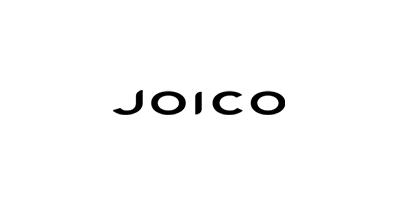


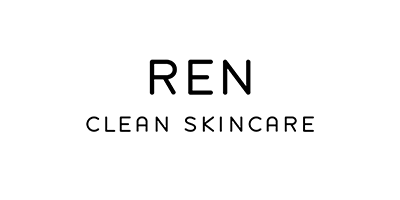





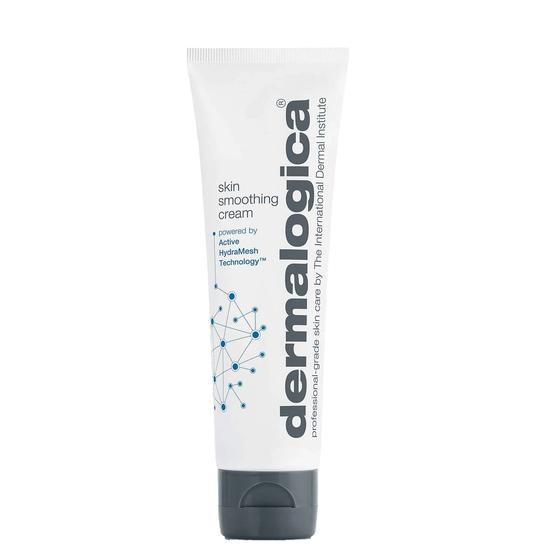

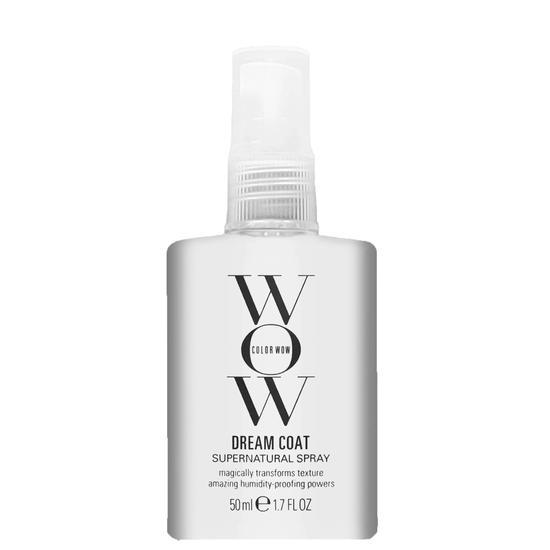
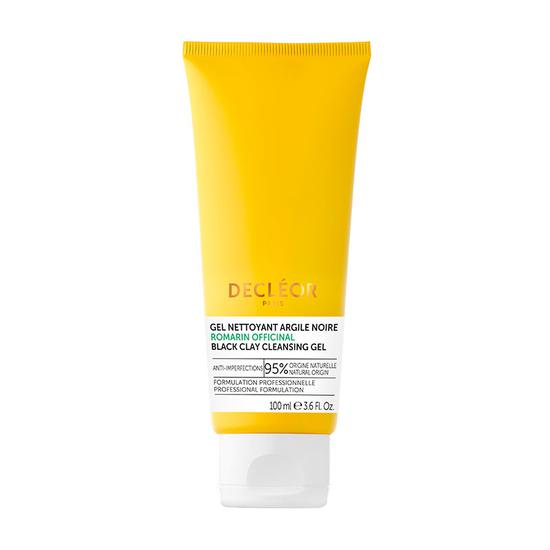



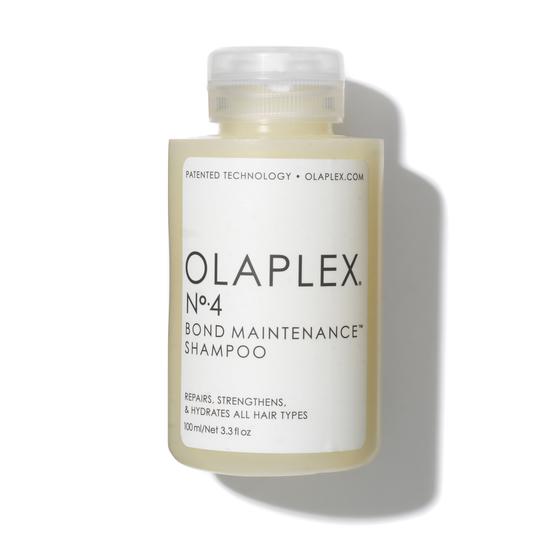

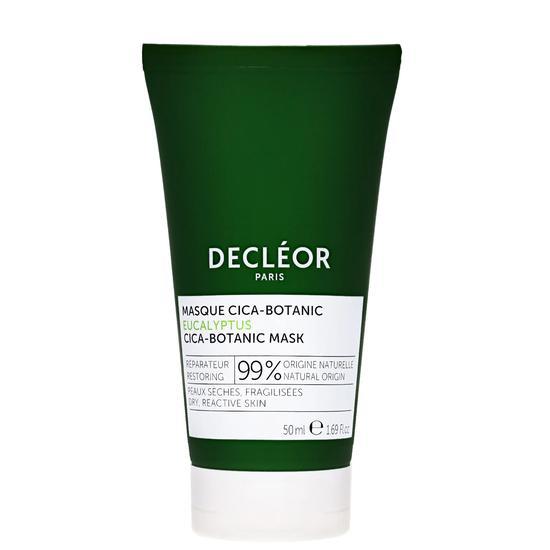
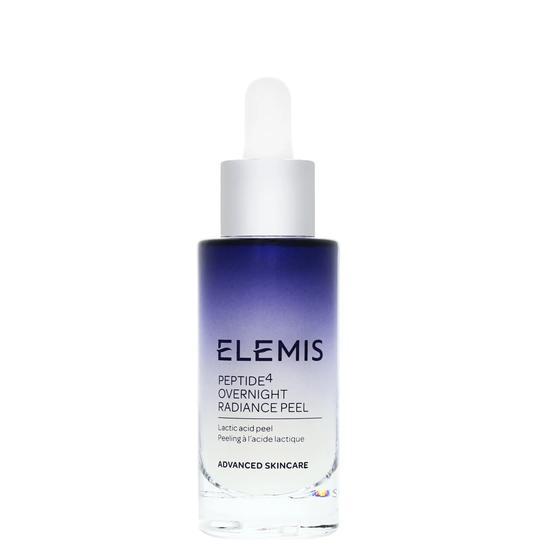


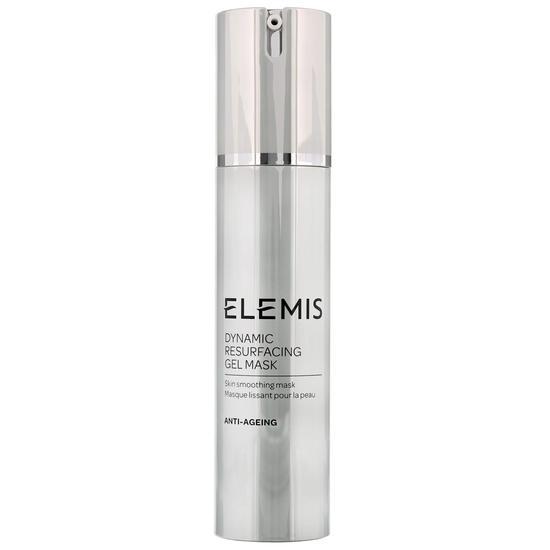

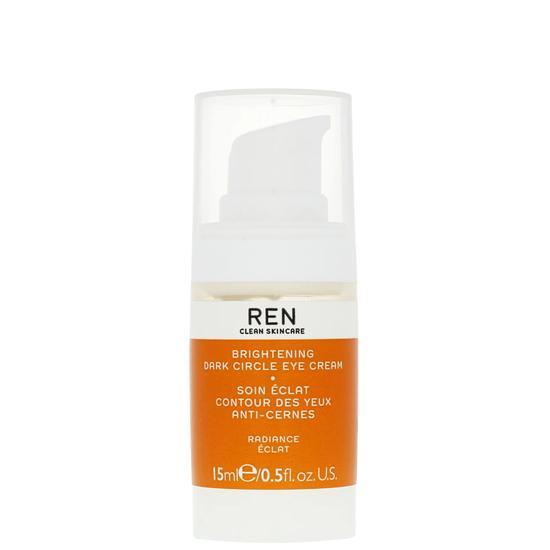

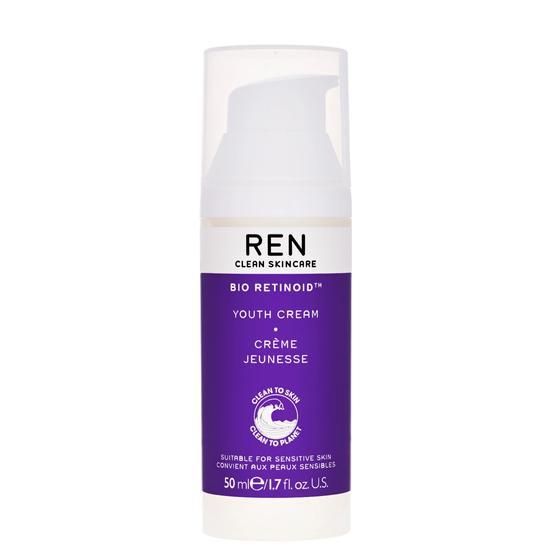
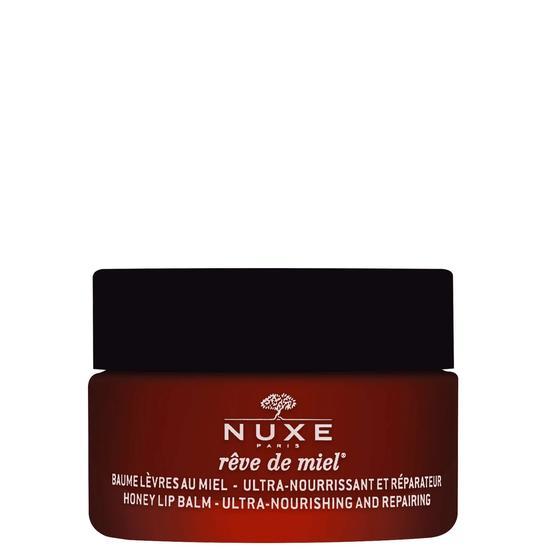
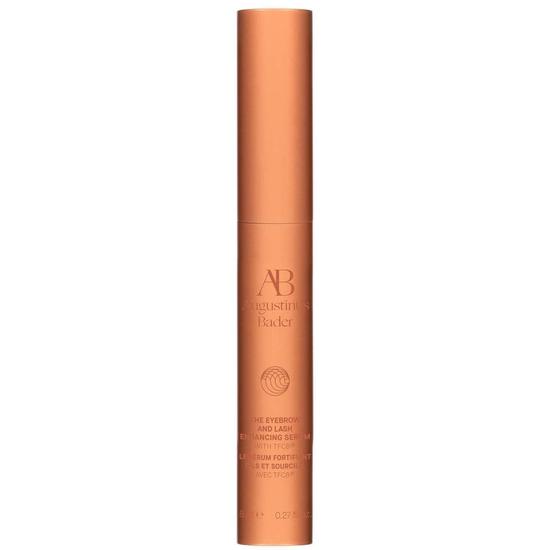
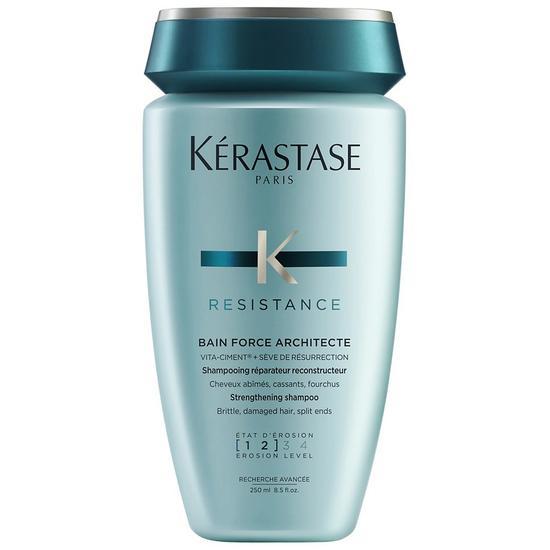
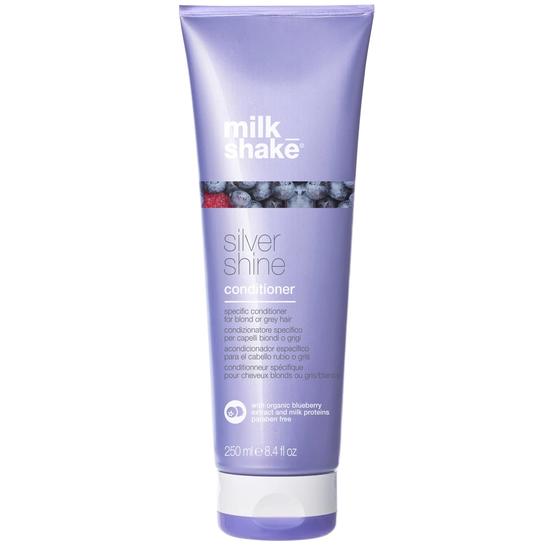
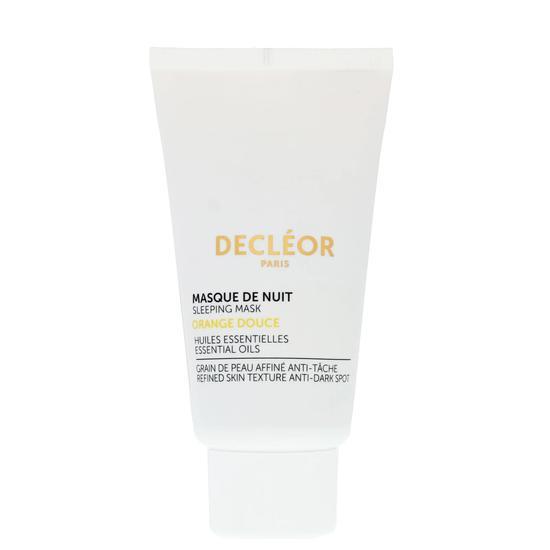



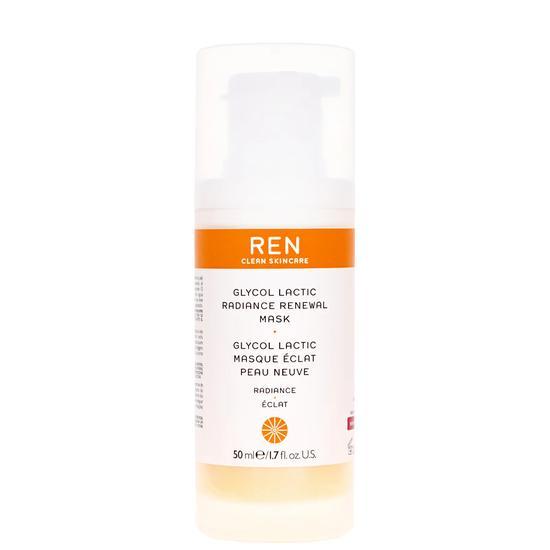
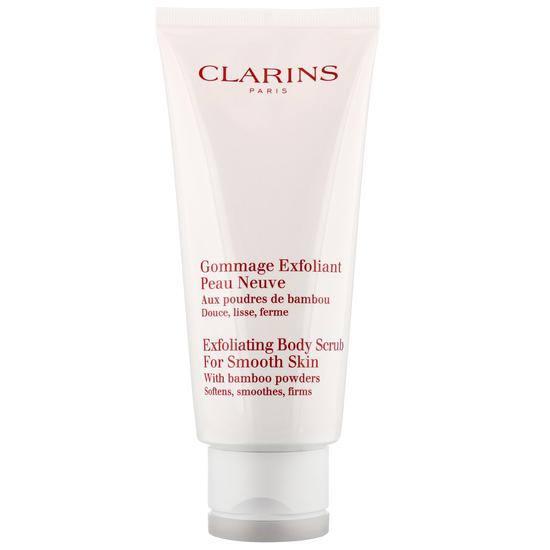
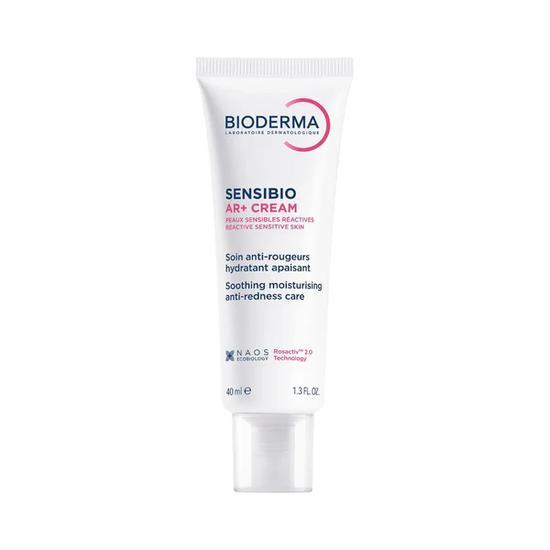
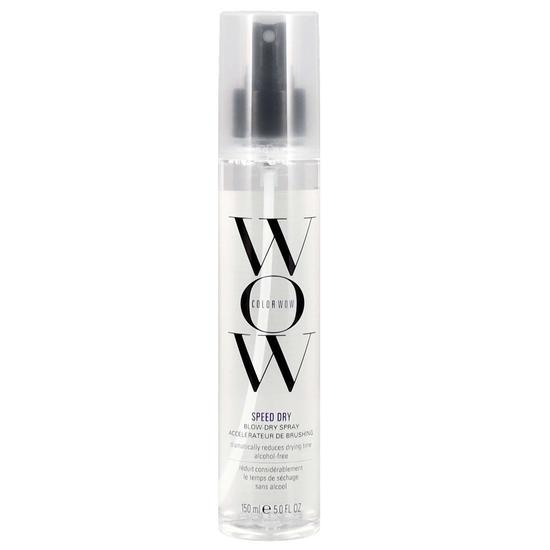
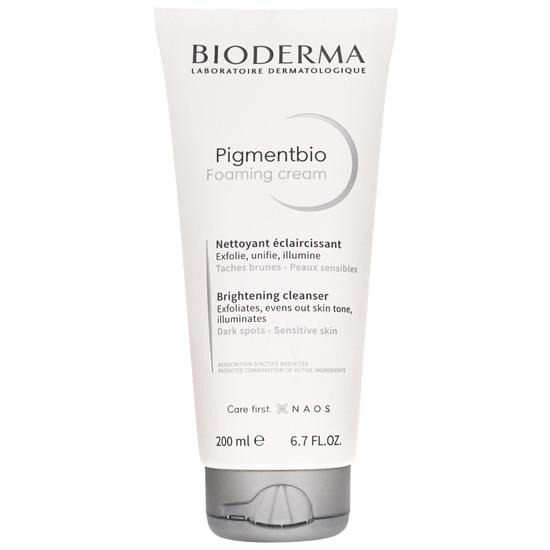

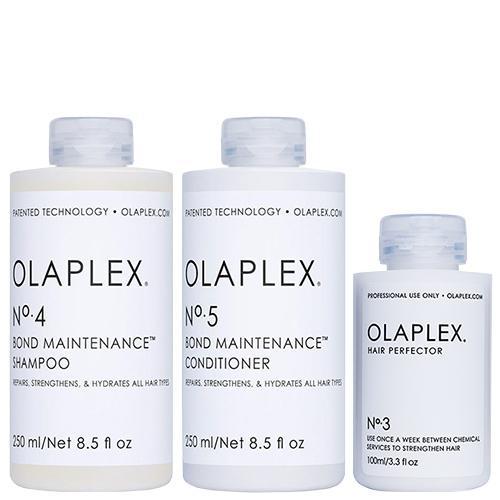
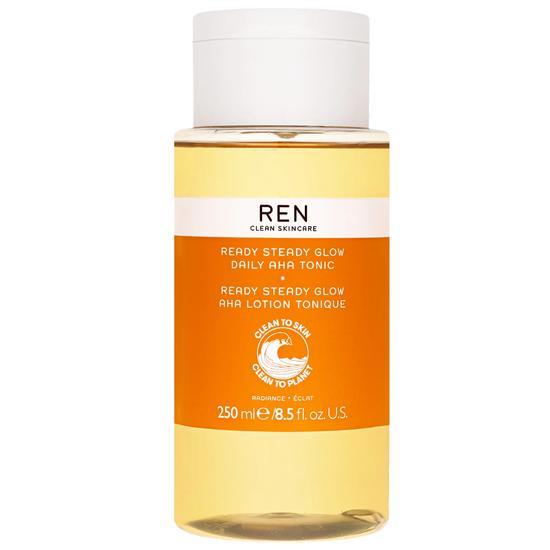

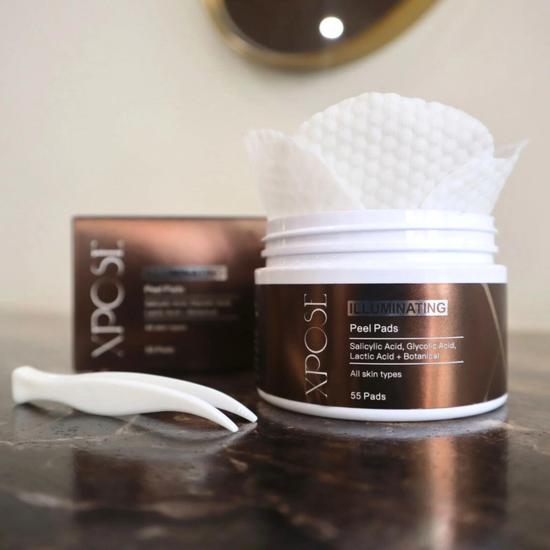
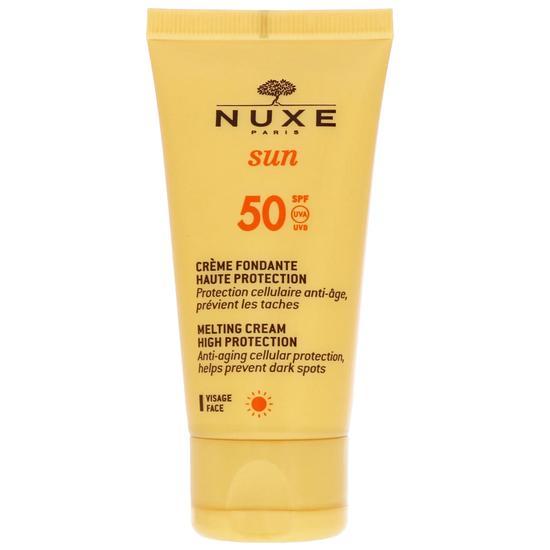
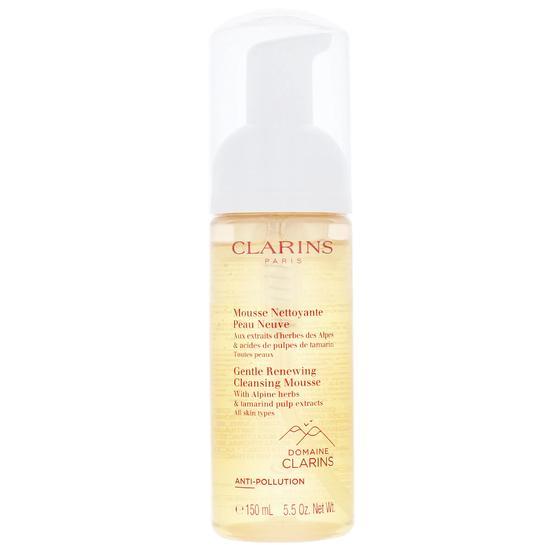
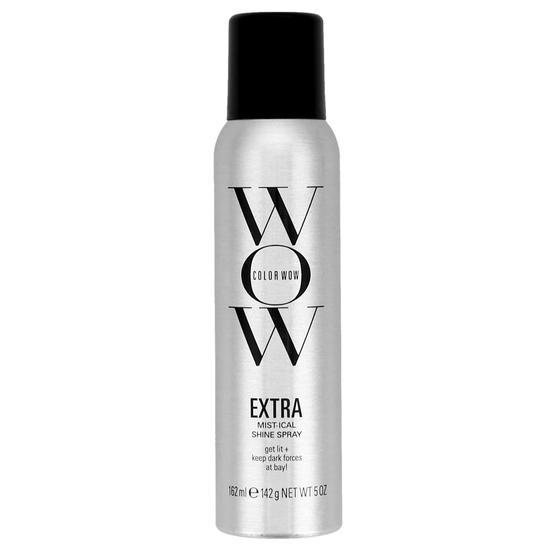


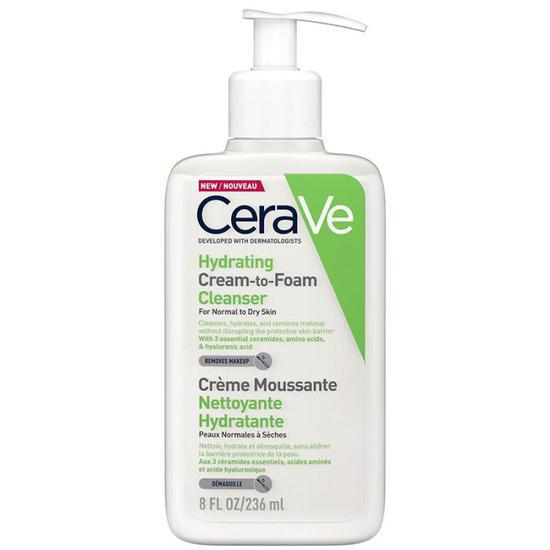
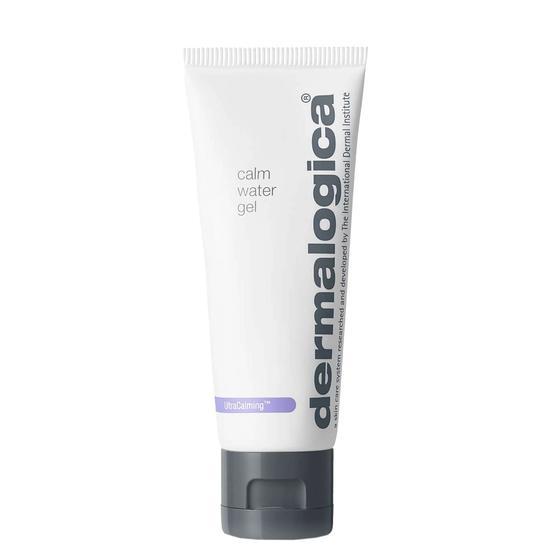
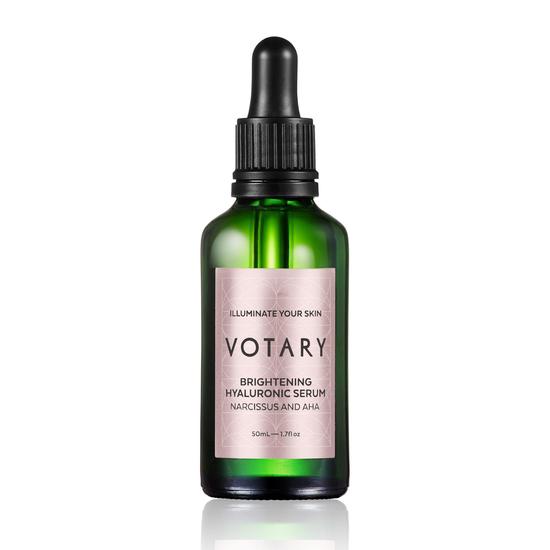
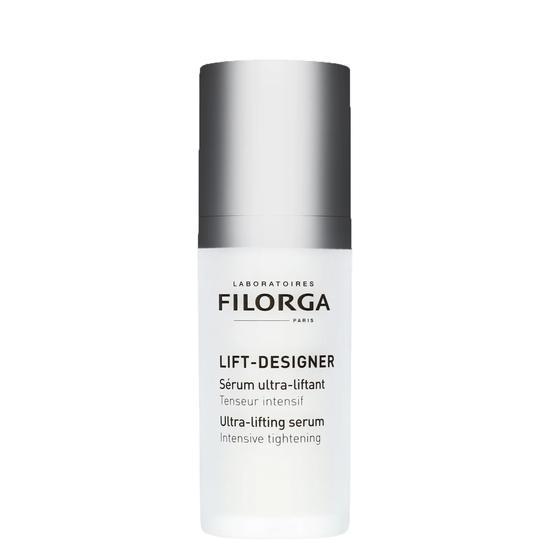


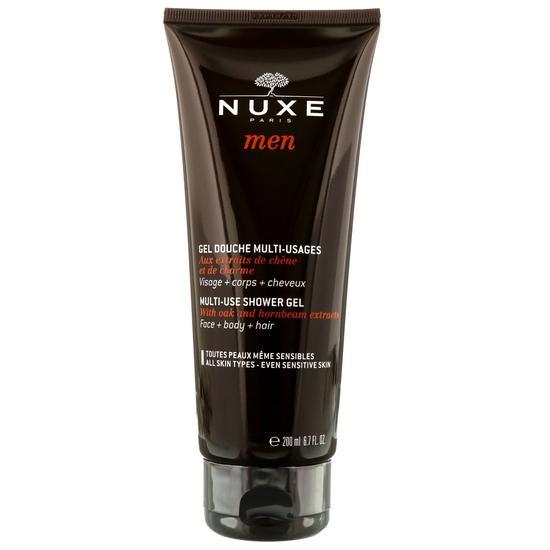


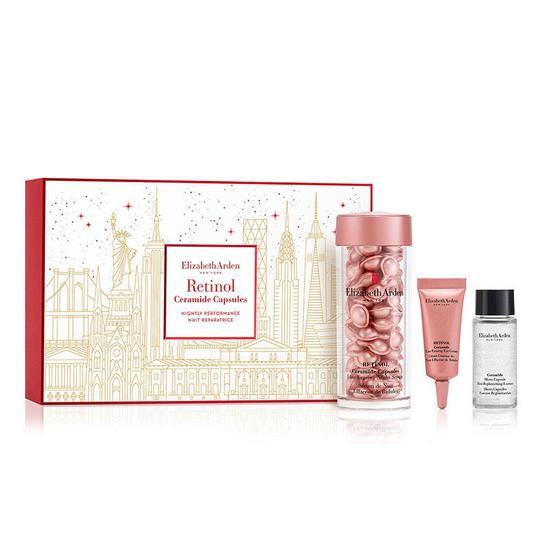
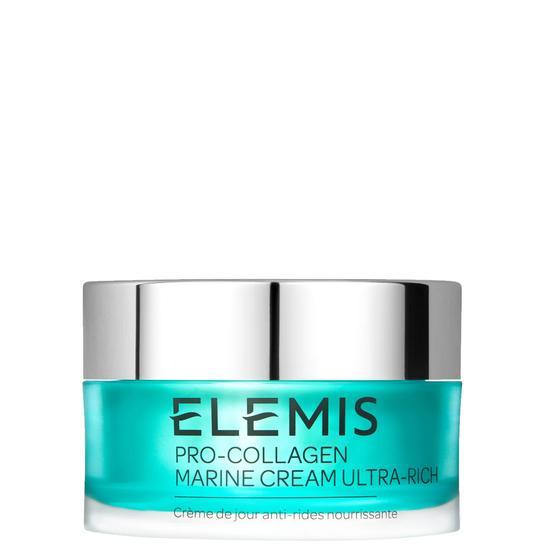
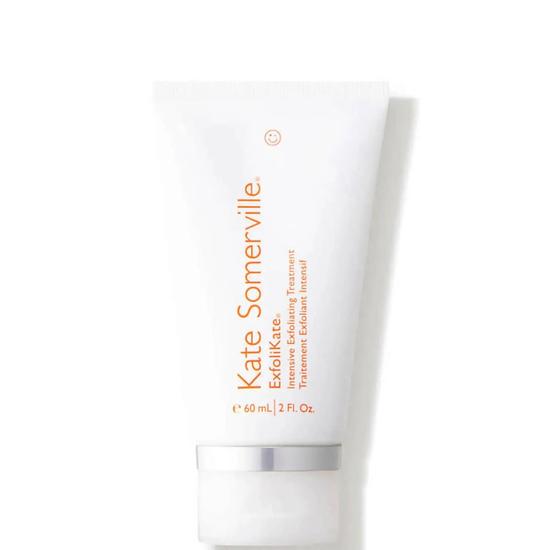

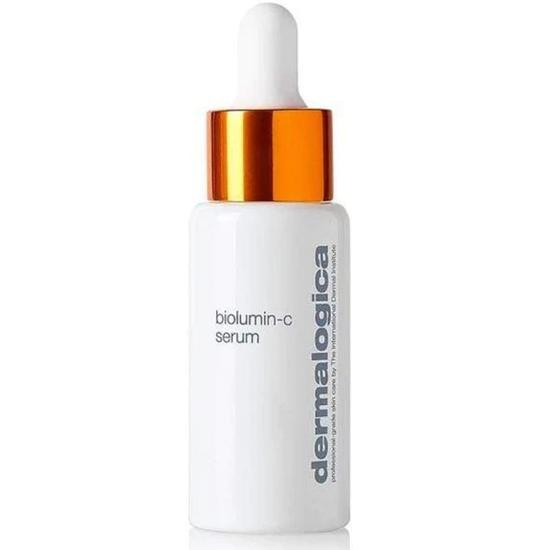
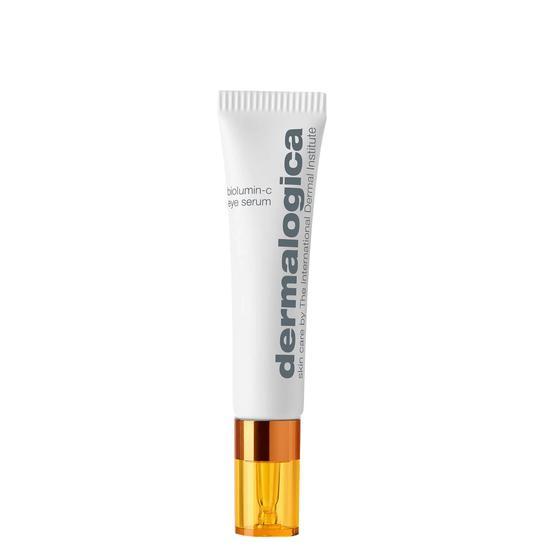
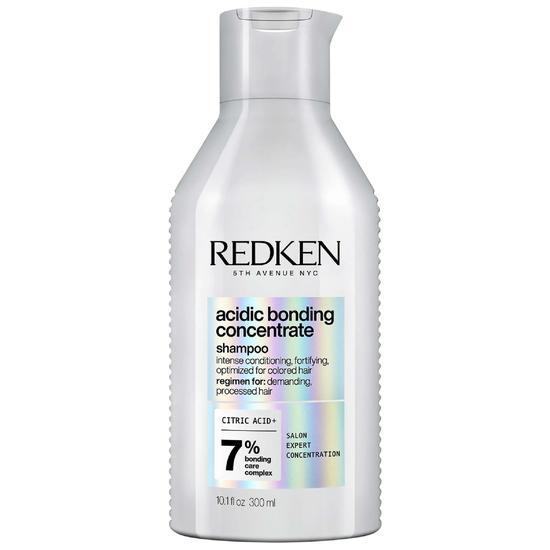
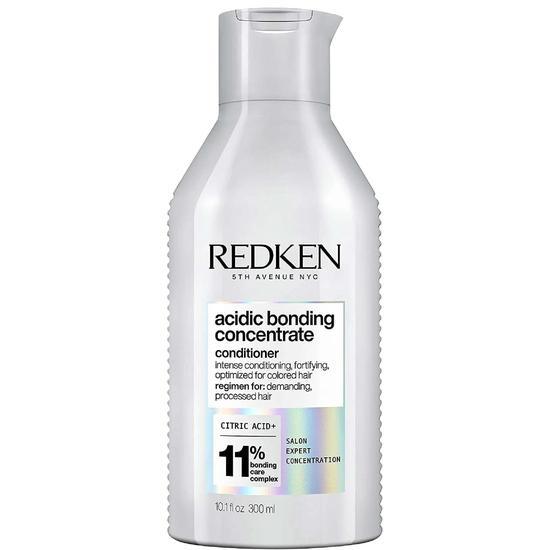
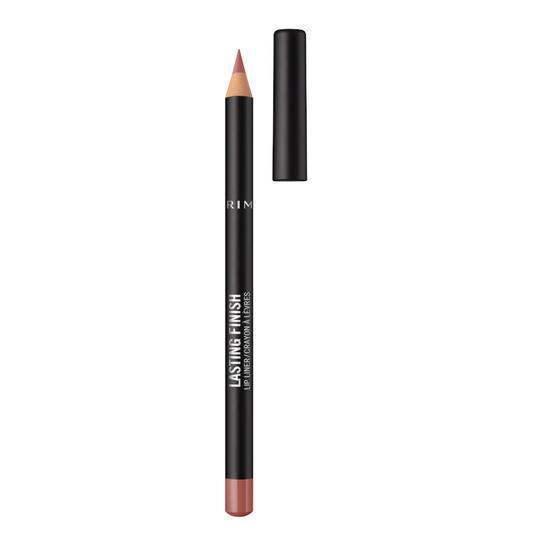

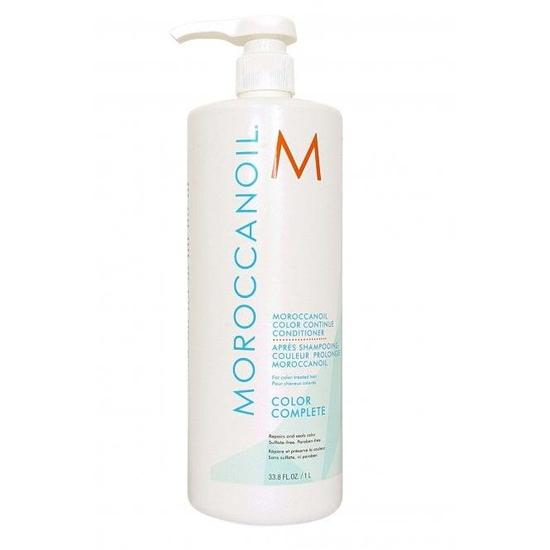
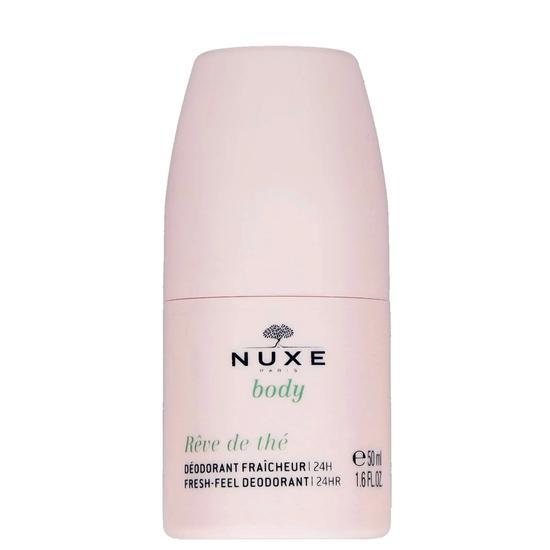
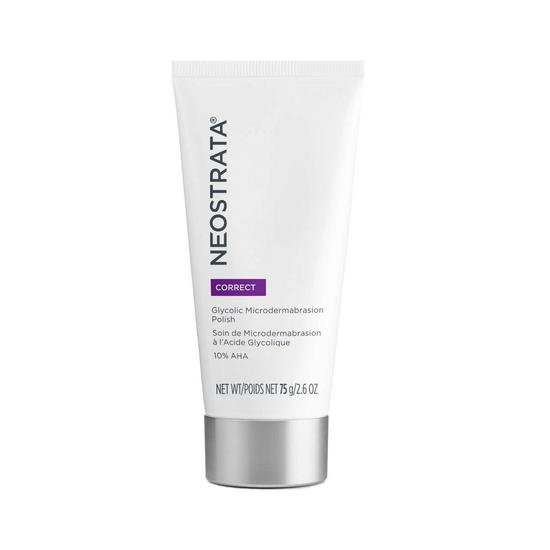
![Nuxe Super Serum [10] The Universal Anti-Ageing Concentrate](/images/products/nuxe-super-serum-10-the-universal-anti-ageing-concentrate-30ml-custom_n0apicj.jpg)
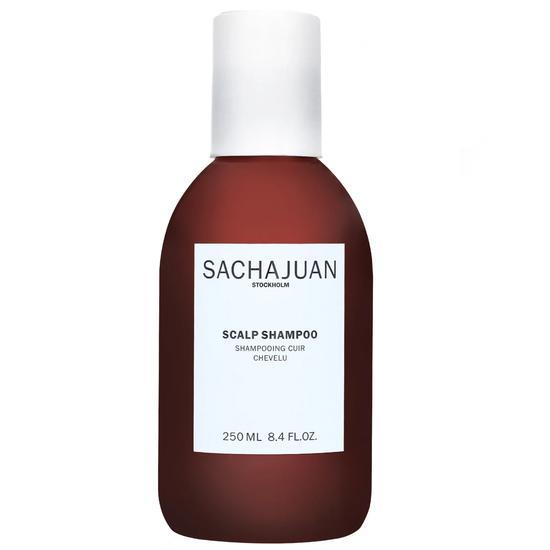
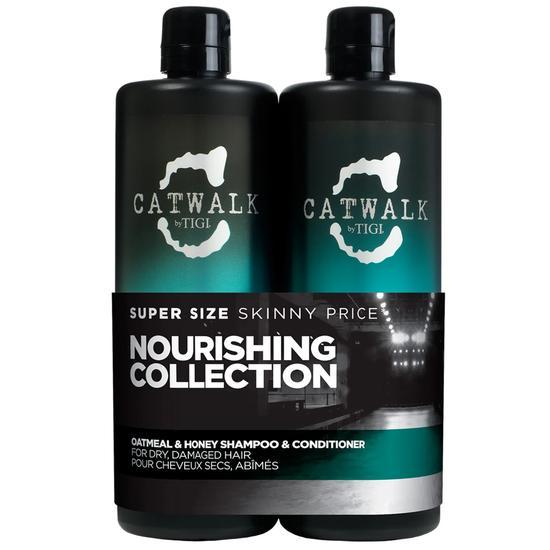
![Clarins UV Plus [5p] Anti-Pollution Translucent](/images/products/clarins-uv-plus-5p-anti-pollution-translucent-30ml.jpg)

